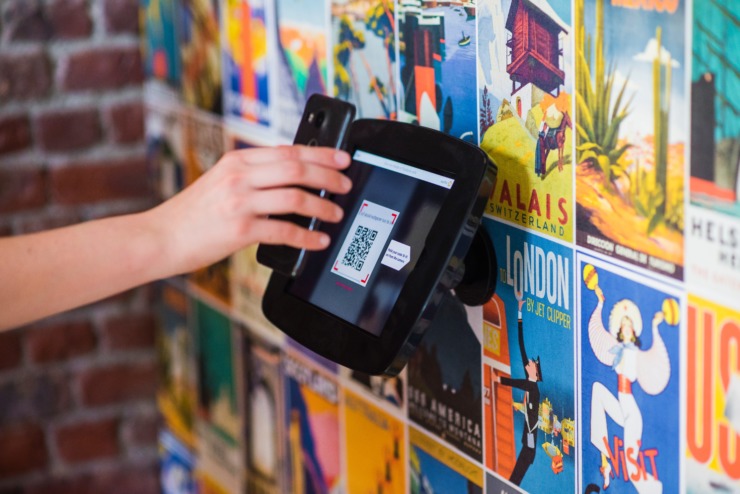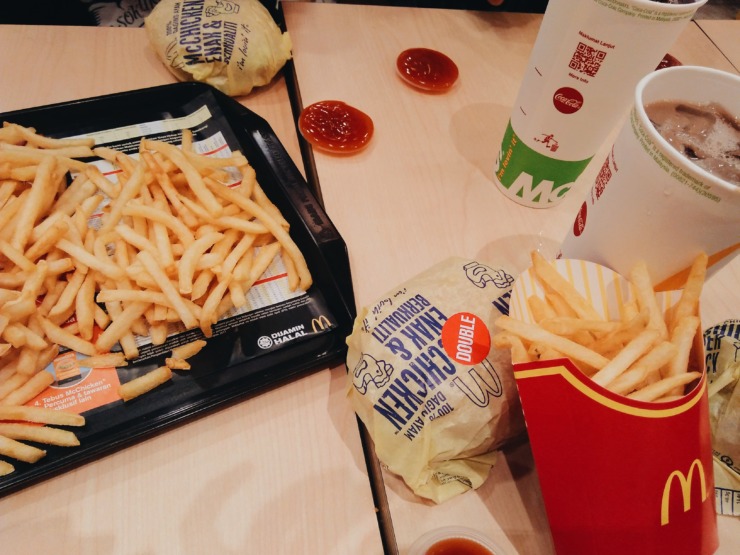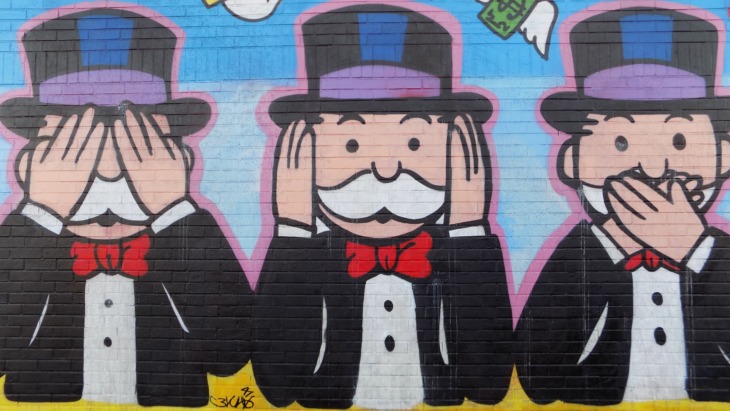The shopping gamification trend is nothing new – but in a post-pandemic world where digital natives have more spending power than ever before, it’s time to place it front and center of your strategy.
Before digital gamification of shopping really took off, the oldest Gen Zs were trading Gameboy cartridges, dabbling in carjacking on the mean virtual streets of GTA Vice City or motherlode-ing their way to instant wealth in Sims. In short: they’ve grown up on games.
Today, in both the UK and the US, 75% of 16-24-year-olds play a mobile, console or computer game at least once a month. In the US, that’s higher than the number of same-aged consumers that use a music streaming service monthly. Combine that with the online shopping stats for this young demographic, and it’s clear why a gamified take on the retail experience lands with Gen Z – a quarter browse online stores at least once a day, with 75% of college students checking online stores at least once a month.
So, what is gamification?
It’s a broad term – and gamification in retail looks very different depending on what you’re using it for. Gamification can grab attention at the top of the funnel, as a pure awareness-boosting tactic, or, it could be purely transactional – a dopamine-boosting route to loading your basket and pressing “buy”.
Loosely, Instagram’s shop feature is gamification – if you see scrolling as a game. So too are the elaborate in-store tech offerings that have sprung up across malls, offering a fourth dimension to in-person shopping. You can even provide consumers with a limited-time offer as a reward for taking part in the game – giving them an incentive to keep coming back. The gamification of shopping is, really, whatever you make of it.
Shopping gamification and Gen Z
Time and time again, Gen Z have told us that they’re motivated by convenience – as no-nonsense digital natives, it’s perhaps surprising that gamified shopping really draws them in. So, why are young consumers motivated by all of the trappings of shoppertainment?
For one thing, it provides the experiential retail experience that Gen Z loves. As a demographic, they are more likely than their Millennial cousins to mix online shopping with in-store visits. For a generation that can leap from home screen to checkout within three swipes, shopping itself has become a novelty.

This is precisely where gamification comes in. Especially during this time of COVID-19, young shoppers are less able to indulge in a visit to their local mall, or hit the high street with a group of friends. Introducing digital shoppertainment features can create that same buzz – in a time where Gen Z needs it more than ever.
On a more granular level, Gen Zs are high achievers. A world full of progress bars, reward functions, and incentives is an ideal scenario for them. When it comes to in-store gamification, Gen Zs famously love to try before they buy – so if you’ve orchestrated a whole entertaining landscape that gives them opportunities to interact with the product, they’re more likely to buy it.
Gamechanger 1: Sims 4/Mac Collab
While countless brands have introduced their own homegrown minigames over the years, makeup brand Mac took it one step further by partnering with the life simulation video game, The Sims 4. The highly visual game naturally lends itself to partnerships with fashion, beauty and homewares brands – Ikea, H&M and Moschino have all made Sims debuts in the past – and Mac took it one step further by using their collab to provide an inclusive range of makeup products for all skin tones. It’s a move that speaks to Gen Z’s own ethics, all while giving them the light-hearted option to “Twin with their Sims”.
For Mac, principles of creativity and play are brand cornerstones – which is why the Sims collab worked so well. It’s a lesson to all Gen Z-facing brands looking to employ gamification in their strategy: pick a game that speaks to your values and portrays your products in all of their glory.
Gamechanger 2: McDonald’s Monopoly
Whether you’re 16 or 60, Monopoly is likely to factor into your nostalgic memories. McDonald’s, too, has that multi-generational appeal – which is why it makes perfect sense to combine the two in one of the longest-running gamification crossovers of all time. The Mcdonalds Monopoly game has spanned online and in-person, growing (like McDonald’s itself) into a global phenomenon. With tokens included on McDonald’s food packaging, every customer is automatically entered into the game – and prizes range from McFlurries to millions of dollars.

There are a few key takeaways from the McDonald’s Monopoly success: make it seasonal to drum up excitement, use a format that everyone can buy into – and combine quick wins (free medium fries, anyone?) with higher-stakes prizes (I’ll take a Mini Cooper, please!).
Never miss a Gen Z shopping trend. Sign up to Student Beans Insights to schedule your weekly check-in with the next generation of consumers.














